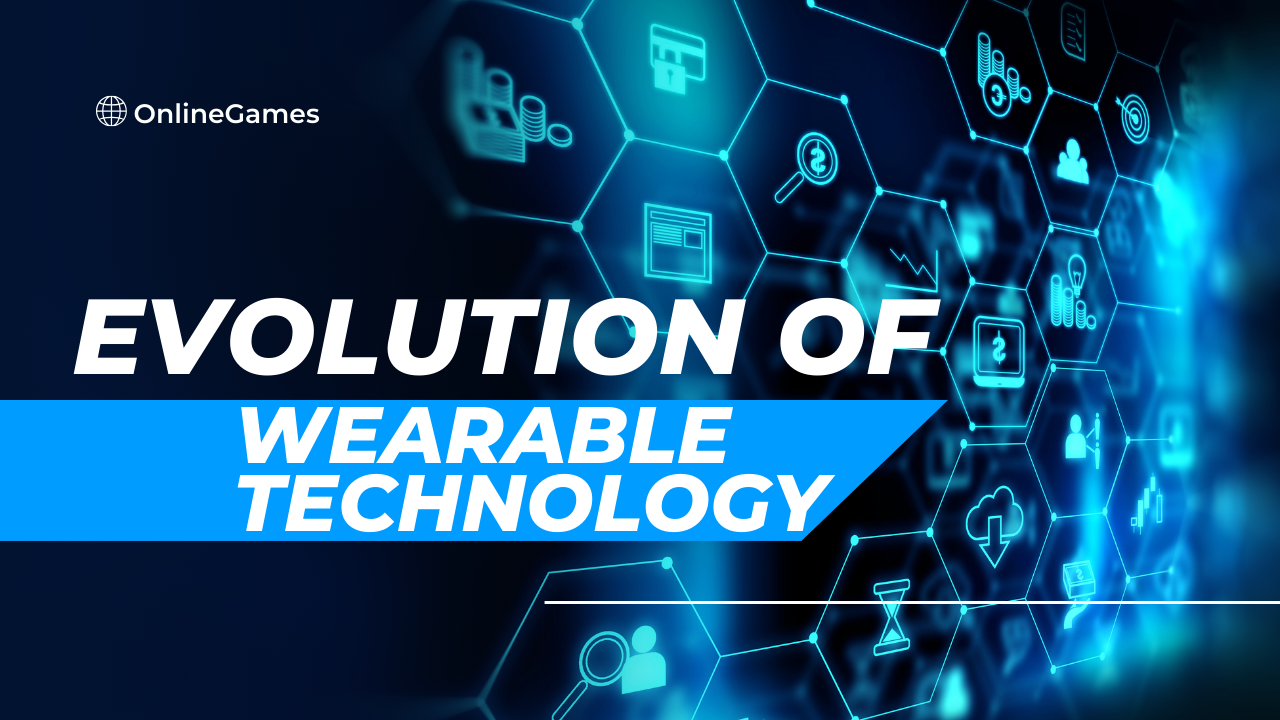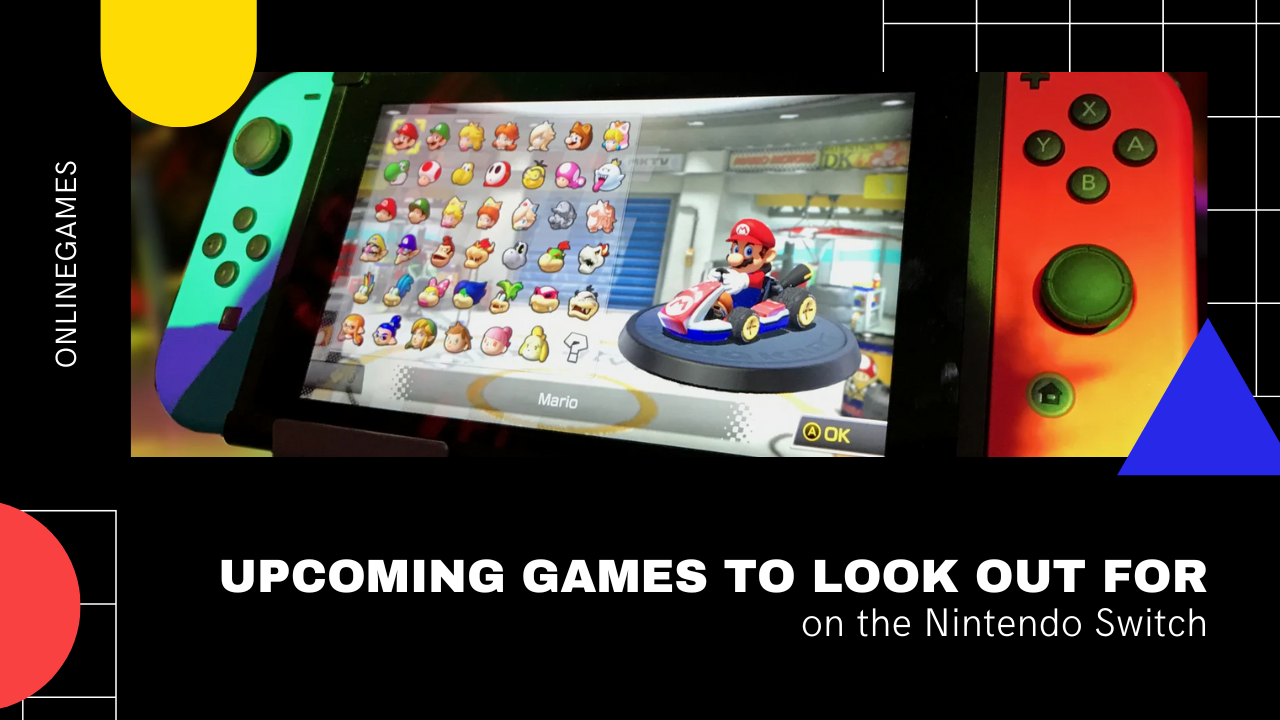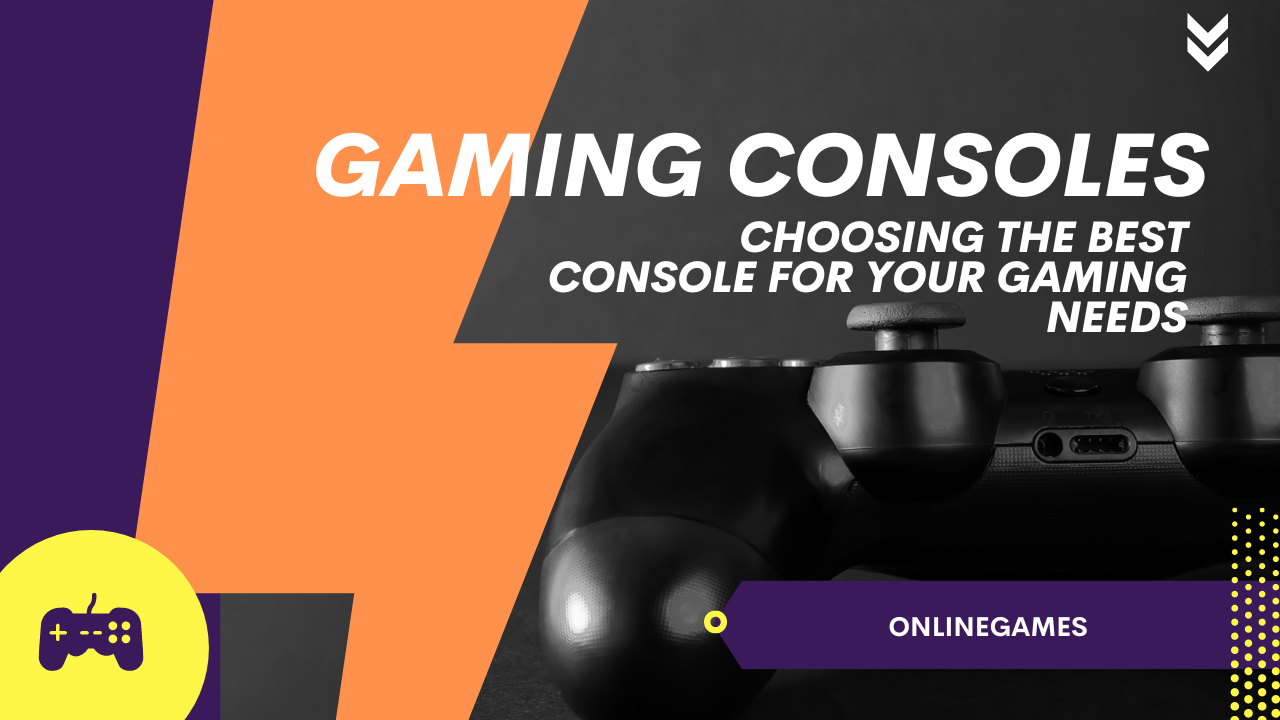Wearable technology has undergone a remarkable transformation from simple timekeeping devices to sophisticated tools that integrate seamlessly into our daily lives. The journey of wearable technology is a fascinating tale of innovation, adaptation, and vision that has shaped the way we interact with technology today. This article explores the history, development, and future of wearable technology, highlighting its significant milestones and the impact it has had on various industries.
Early Beginnings: The Dawn of Wearable Technology
Ancient and Pre-Modern Wearables
The concept of wearable technology is not a recent innovation. It dates back to ancient times when people began to use tools and devices as personal accessories. Early examples include sundials and abacus rings used for timekeeping and calculations. These primitive wearables laid the groundwork for future developments in personal technology.
19th Century: The Birth of Wearable Gadgets
The 19th century witnessed significant advancements in wearable technology. The invention of the pocket watch in the late 1500s evolved into the wristwatch by the early 1900s, becoming a standard accessory for timekeeping. These early timepieces were the first widely adopted wearable gadgets, blending functionality with fashion.
20th Century: The Rise of Electronic Wearables
The 1960s: The Pioneering Era
The 1960s marked the beginning of the modern era of wearable technology with the development of devices like the calculator wristwatch and early hearing aids. The Pulsar calculator watch, introduced in the 1970s, combined a digital timepiece with a calculator, setting the stage for the integration of multiple functions into a single wearable device.
The 1980s: From Novelty to Utility
The 1980s saw the introduction of more advanced wearables like the Sony Walkman, a portable cassette player that revolutionized personal audio consumption. This period also witnessed the advent of wearable computers like the Seiko UC-2000, which offered basic computing capabilities on the go, foreshadowing the multifunctional wearables of today.
The 1990s: The Digital Revolution
The 1990s brought a digital revolution to wearable technology. The introduction of digital watches with features such as calculators, games, and alarms expanded the capabilities of traditional timepieces. The decade also saw the emergence of fitness trackers like the Polar heart rate monitor, which became popular among athletes for monitoring physical activity and health metrics.
21st Century: The Age of Smart Wearables
2000s: The Rise of Wearable Fitness
The early 2000s marked the beginning of the wearable fitness revolution. Devices like Fitbit and Nike+ enable users to track their physical activity, sleep patterns, and overall health. These fitness wearables emphasized the importance of personal health data and motivated users to adopt healthier lifestyles.
The 2010s: The Smartwatch Boom
The 2010s witnessed the explosion of smartwatches into the mainstream market. The introduction of the Apple Watch in 2015 set a new standard for wearable technology, integrating features such as notifications, fitness tracking, and even mobile payments. Smartwatches combine the functionalities of smartphones and fitness trackers into a convenient, wrist-worn device.
Healthcare Innovations
The integration of wearable technology in healthcare has been one of the most significant advancements of the 21st century. Devices such as continuous glucose monitors (CGMs), smart hearing aids, and portable ECG monitors have transformed patient care by providing real-time health monitoring and facilitating remote medical consultations.
Virtual and Augmented Reality
The 2010s also saw significant advancements in virtual reality (VR) and augmented reality (AR) wearables. Devices like the Oculus Rift and Microsoft HoloLens opened new frontiers in immersive gaming, training, and professional applications, expanding the possibilities of wearable technology beyond personal use.
The Present and Future of Wearable Technology
Current Trends
Today, wearable technology encompasses a wide range of devices, from smart clothing and fitness bands to VR headsets and medical wearables. The focus has shifted towards integration, connectivity, and personalization, with wearables playing a crucial role in the burgeoning Internet of Things (IoT) ecosystem.
Future Innovations
The future of wearable technology promises even more exciting developments. Flexible and foldable screens, bio-integrated sensors, and wearable AI assistants are just a few of the innovations on the horizon. These advancements will enhance the functionality, comfort, and versatility of wearables, making them an integral part of our daily lives.
Challenges and Considerations
Despite the rapid progress, wearable technology faces several challenges, including privacy concerns, battery life, and data security. Addressing these issues will be crucial for the continued growth and acceptance of wearables in various aspects of life.
Impact on Various Industries
Healthcare
Wearable technology has revolutionized healthcare by enabling continuous monitoring of vital signs, early detection of health issues, and improved patient management. It has also facilitated the shift towards telemedicine and remote care, making healthcare more accessible and efficient.
Fitness and Wellness
Wearables have transformed the fitness industry by providing users with detailed insights into their physical activity and health. Devices like fitness trackers and smartwatches motivate users to stay active and maintain a healthy lifestyle through personalized feedback and goals.
Entertainment and Media
The entertainment industry has embraced wearable technology, particularly in the realms of virtual and augmented reality. Wearables offer immersive experiences that enhance gaming, movie watching, and interactive media, creating new opportunities for content creators and consumers alike.
Workplace and Industry
In the workplace, wearables enhance productivity and safety. Smart glasses provide real-time data overlays for complex tasks, while wearable sensors monitor environmental conditions and worker health, contributing to safer and more efficient work environments.
The Ongoing Evolution
The evolution of wearable technology is a testament to human ingenuity and the desire to enhance our interaction with the world. From simple timekeeping devices to advanced health monitors and smart accessories, wearables have come a long way, shaping the way we live, work, and play. As technology continues to evolve, wearable devices will undoubtedly become even more integrated into our daily lives, offering new possibilities and opportunities for innovation.










